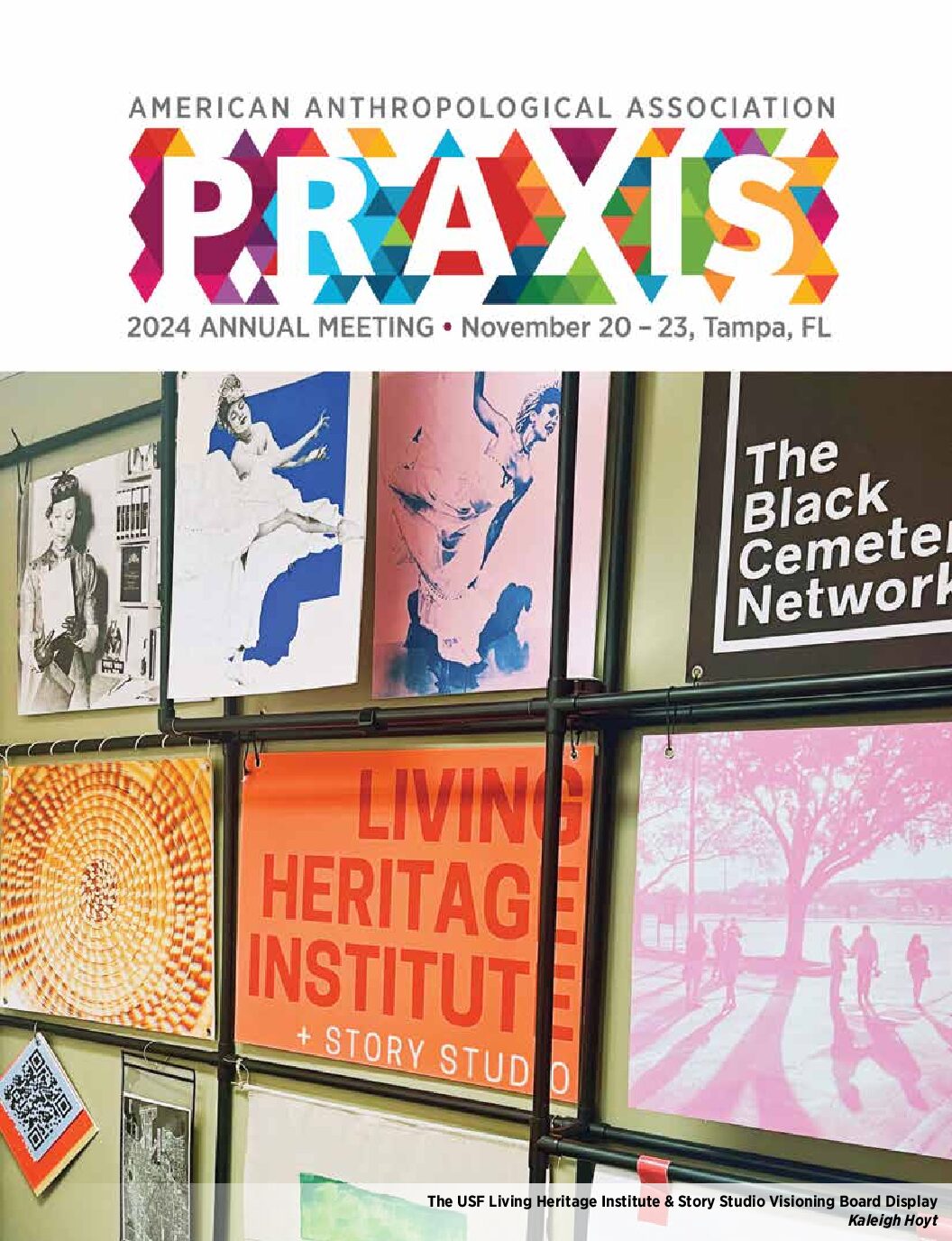Between Tradition and Modernity
The Association for the Anthropology of Policy
Numvi Gwaibi (University of Pretoria)
April 27, 2017
Politics and Policy in Cameroon
The government of Cameroon introduced changes to the county’s constitution in the 1990s. These changes heralded a major overhaul of the system of governance in the direction of decentralization and community participation in local policy development, according local municipalities powers to make decisions on a significant number of areas. This new system of governance began to be implemented in 2004. Elected municipal councils were transformed from bodies with minimal responsibilities into agents of local policy development. However, national political forces undermined the autonomy of local political dynamics by reinserting themselves in the local political/policy development process. These policy dynamics highlight the need for anthropological analyses of policy to critically analyze how the process of political decentralization unfolded across the African continent in the 1990s.
The constitutional reforms of the 1990s were preceded by legalization of political parties, which paved the way for open competition for elective posts. This was in stark contrast to what occurred during single party rule, under the dictatorship of Cameroon’s first President Ahmadou Ahidjo. During that era, any form of dissent was often violently suppressed. Meanwhile, the House of Chiefs that served as an arena for traditional authorities in the former West Cameroon to engage in national politics was unceremoniously dissolved in 1972. Consequently, North West chiefs, most of whom were head of Native Authorities during colonial rule, could no longer be politically active lest they were branded subversive.
Most chiefs therefore channelled their efforts into tackling the day today concerns of their subjects, as well as developmental activities in their communities. It should be noted that some chiefs were quite politically active, and a notable example was Fon Galega II of Bali, who played a very prominent role in national politics in the years leading up to, and in the immediate aftermath of independence and unification; he was ‘rewarded’ with a visit to his palace by President Ahidjo. Curiously,even though Ahidjo’s ‘iron rule’ is now history, a keen observation of traditional rulers and politics in Cameroon clearly indicates that chiefs still prefer to ally themselves with the ruling Cameroon Peoples Democratic Movement (CPDM) party for fear of being sidelined, or worse denied a share of the ‘national pie.’
Meanwhile, the emergence of Cameroon’s second president Paul Biyawas accompanied by the liberalization of the political landscape and the legalization of political parties. The new political dispensation provided a platform for national actors to reenter party politics. Consequently, most chiefs no longer limited themselves to local issues, but aspired to play active roles in national politics. Pluralism not only heightened the political stakes, but also reinvigorated electoral campaigns. In some cases elections were transformed into veritable battlegrounds in which a number of actors—including politicians, parties, traditional authorities and ordinary citizens—fought it out against each other, employing every available means including cash, cults and culinary items to gain votes.
The election timetable in Cameroon is the sole prerogative of the President. Further, political parties usually have no manifestos, rather campaigns are fought on the basis of ethnicity and personality. Opaqueness in the mode of governance implies that public policy is developed by a select few. In Cameroon, it is the president and his close advisors who design national policy behind closed doors. This is most often carried out without popular consultation or input from pro-regime members of the National Assembly or the Senate, who merely rubber stamp presidential directives.
Meanwhile, in the 1990s, the CPDM party coopted traditional chiefs in the North West Region of Cameroon into its ranks in the hope of turning the growing tide of support for the opposition. The government’s strategy to win back support from disillusioned citizens in this part of the country was to hitch a ride on the reverence their subjects had for traditional chiefs. However, the government’s strategy backfired and the outcome was massive electoral defeat for the CPDM party in the 1996 municipal elections.

Author in the company of traditional chiefs, some local dignitaries and the Divisional Officer (centre) or sous-prefet of Mbankomo in the Centre Region of Cameroon. The sous-prefet heads the smallest administrative unit in Cameroon where most municipal councils are situated. He is appointed by the head of state. Photo courtesy of Numvi Gwaibi.
This episode not only dented rapport between chiefs and subjects, but significantly depleted the formers’ moral authority and the aura of their personalities, something many have struggled to reverse over the years since these elections.
Policy developments in Cameroon in the 1990s were not without external interventions, notably from the IMF and World Bank. Like elsewhere in Africa, both institutions actively promoted decentralization, which was thought to be a panacea to the challenges facing Cameroon as it navigated the treacherous ‘second wind of change’ that swept across the African continent. Local governments were portrayed by donors as more democratic and quite effective at promoting local policy development. Decentralization was therefore presented as a means of democratizing social and political life, and ensuring effective provision of public services. However, where pressures to decentralize are not to the liking of recipient governments, the process as observed in Cameroon and other places on the continent risks becoming a charade.
Within these broader political dynamics, decentralization in Cameroon explicitly focused on municipal councils as hubs for policy development. The shift in governmental authority revitalized local politics in Cameroon. However, the government developed sophisticated methods to undermine local elections and policy development, involving the use of state officials, government bureaucrats, party cadres and traditional authorities. These actors worked at various levels to ensure electoral success and maintain political control. In a recent article published in the Journal of African and Asian Studies titled, “Wrath from the Gods: TraditionalInstitutions and Electoral Politics in Bali,” I discussed how these changes occurred on many fronts, including electoral campaigning. The ethnographic study utilized participant observation, semistructured interviews and document analysis to unearth strategies employed by the governing CPDM and the opposition Social Democratic front (SDF) parties to retain and/or regain Bali Council.
Numvi Gwaibi is a Research Associate with the Human Economy Programme at the University of Pretoria.
A link to the article on the Anthropology News website can be found here.


